William Shakespeare
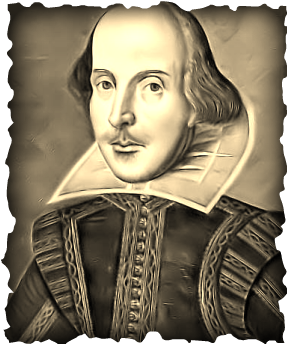
William Shakespeare was born in 1564 in England and died in 1616. He was an actor and poet, but was best known as a playwright. He wrote all kinds of plays: comedies, tragedies, and histories. His characters were full of life, wit, and passion. His plays made him one of the most well-known playwrights in England. His plays were popular enough to be printed during the Renaissance. Williams first play Titus Andronicus was published in 1594. He wrote continuously until his death, and after seven years, the first complete collection of his work appeared. The book contained 35 plays and was very expensive. Shakespeare still remains one of the best-known and most popular writers today.
Miguel de Cervantes
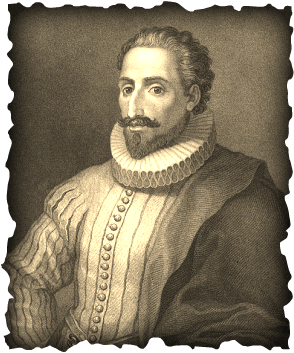
Miguel de Cervantes was born in 1547 and died in 1616. Miguel was an influential writer during the Renaissance. He was a Spanish author, playwright, poet, and novelist. He wrote numerous plays and works of fiction. Cervantes was widely known, but the publication influential piece, Don Quixote de la Manchu. The novel was published in 1604 and made him extremely popular in Spain. This novel looks at the difference between what people hope life can be and what life actually is like. People read the book for its humor and insight. His works are read throughout the world to this day.
Niccolo Machiavelli
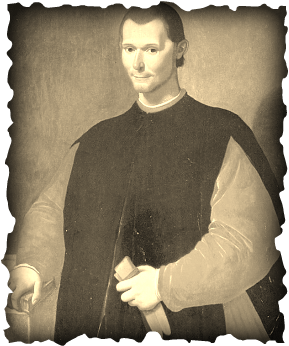
Niccolo Machiavelli was born in Florence in 1469 and died in 1527. He wrote The Prince in 1513, which discussed how a leader should govern his people. He claimed that people were greedy and self-center, and advised his prince to ignore whether actions were good or evil, and to judge them on their benefit to the state. A ruler may be cruel, merciful, and deceitful, kill, or lie all to better the state. So, today when we say someone is being Machiavellian, we mean they are being tricky and not thinking about being good.
Francesco Petrarch
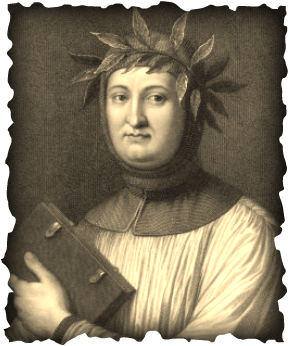
Francesco Petrarch lived in 1300s. He was a famous scholar and was one of the first Renaissance humanists. He was also a poet. He studied Roman writers, such as Cicero, and wrote biographies of famous Romans. He encouraged Europeans to search for Latin manuscripts in monasteries, and in time, new libraries were built to keep the documents. He adapted the clear and graceful style of Roman and Greeks while studying their works. He is known as the father of humansim. He also studied ancient books and old buildings and statues around him. His efforts paid off and added to our knowledge about the Romans and Greeks.
Dante Alighieri
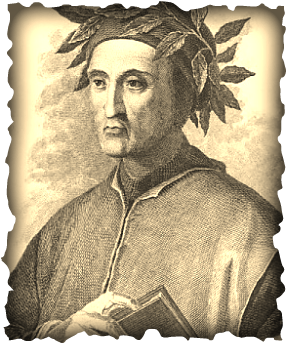
Dante Alighieri lived in the early 1300s. He was a poet of Florence and wrote one of the world's greatest poems in the vernacular, and it is called The Divine Comedy. Dante was involved in politics, but when noble families began fighting over power, he left Florence, and wrote his long poem. His poem was more than 14,000 lines, which tells the gripping tale of character's journey from hell to heaven. His writings have inspired us till today.
Geoffrey Chaucer
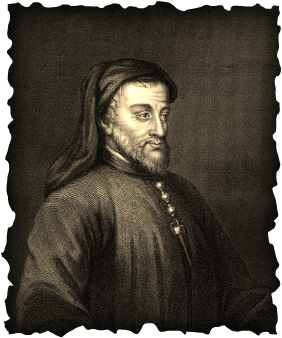
Geoffrey Chaucer was an important writer who used vernacular. Chaucer wrote in what is today English. His most famous book is The Canterbury Tales. It describes 29 pilgrims traveling to Canterbury. Also, it tells of English society, from nobles at the top to poor at the bottom.
Louise Labe
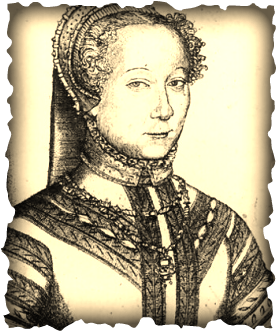
Louis Labe was a French poet. She requested in her 1555 book that women make their mark, by writing: "If any woman becomes so proficient as to be able to write down her thoughts, let her do so and not despise the honor but rather flaunt it instead of fine clothes, necklaces, and rings. For these may be considered ours only by use, whereas the honor of being educated is ours entirely."
Sir Thomas More
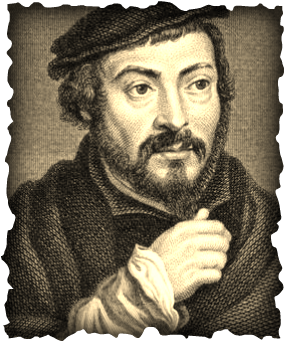
Sir Thomas More was born in 1478 and died in 1535. He was an English statesman, scholar, author, and friend of Erasmus. Based on the Renaissance concept on the individual worth, he proposed that all men should be treated equally. His most famous book was Utopia, written in 1516. It described the rules of a society in which all men are equal and everyone works together to achieve happiness. This a part from his book: "The second rule of nature is to lead a life as free of anxiety and as full of joy as possible, and to help all one's fellow men toward the end." The theme of tolerance was then continued by Michel de Montaigne.
Vernacular
Vernacular - During the Middle Ages, people mainly spoke Latin. Although everyone spoke Latin, each region had its own local language that people used every day. This everyday language is called vernacular. The vernacular included early versions of Spanish, French, English, Italian, and German. Authors started to write in vernacular which led to more people being able to read their work.
Printing Press
The printing press was a key to spread humanist ideas throughout Europe. Johannes Gutenberg developed the printing press that used movable metal type. This type of printing made it possible to print many books much more quickly. With more books available, more people learned to read and scholars could read one another's work and debate ideas in letters. Ideas grew and spread faster than ever. The Chinese had already invented moveable type, but did not work well with their characters. The European's printing press was a big improvement and was easy to use with linen paper, another Chinese invention.
